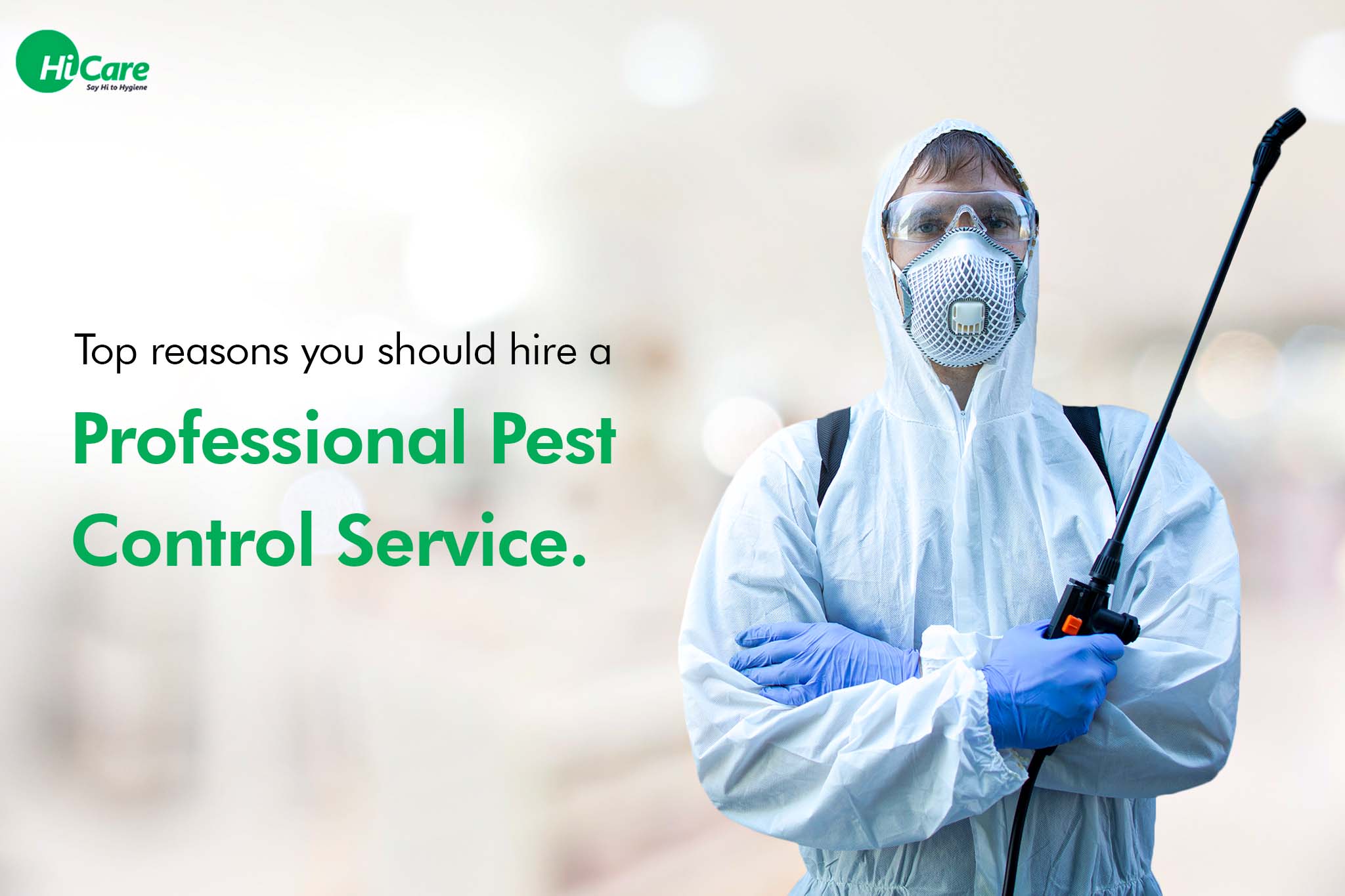Trusted A1 Exterminator Charlotte NC - Comprehensive Pest Solutions
Trusted A1 Exterminator Charlotte NC - Comprehensive Pest Solutions
Blog Article
Bed Bug Treatment Break Down: Contrasting Chemical Vs. Non-Chemical Solutions
In the realm of bug control, specifically when handling the persistent problem of bed insects, the selection in between chemical and non-chemical therapy options can be a pivotal one. Both approaches supply distinctive advantages and drawbacks, affecting elements such as performance, safety and security factors to consider, and total price. By examining the nuanced details of each technique, a more clear understanding of which path to pursue in addressing a bed insect invasion can be achieved.
Effectiveness of Chemical Treatments
Chemical therapies for bed pest problems have been commonly identified for their potent and rapid efficacy in eradicating these insects. When considering the effectiveness of chemical therapies, it is crucial to recognize that they can provide a extensive and quick remedy to a bed pest problem.
Additionally, chemical therapies have the advantage of providing residual effects, indicating that they can proceed to eliminate bed bugs also after the preliminary application. This residual action is specifically helpful in combating any kind of potential re-infestations. Furthermore, the quick action of chemical treatments can bring relief to people dealing with severe bed pest problems, enabling them to regain control of their home quickly.
Safety And Security Interest In Chemical Solutions
One critical aspect that calls for mindful consideration when utilizing chemical solutions for bed insect therapy is ensuring the security of occupants and the setting. While chemical therapies can be efficient in eradicating bed pests, they might position risks if not dealt with correctly. Among the primary safety worry about chemical remedies is the possible harm they can trigger to human health. Direct exposure to specific chemicals utilized in bed bug treatments can cause respiratory concerns, skin irritation, or various other damaging responses, especially in individuals with pre-existing conditions or level of sensitivities. In addition, improper application or dose of chemical pesticides can result in harmful deposits remaining in the cured location, posturing long-lasting wellness risks to owners.
Additionally, the environmental influence of chemical remedies is an additional substantial consideration. Some pesticides made use of in bed pest therapies might be hazardous to advantageous insects, wild animals, and ecological communities if they seep into the dirt or water supply. It is necessary to utilize chemical therapies judiciously, complying with security guidelines, and taking into consideration less toxic choices to mitigate these dangers and ensure the safe and reliable administration of bed pest infestations.
Benefits of Non-Chemical Strategies
Thinking about the prospective safety problems and environmental effect associated with chemical remedies for bed insect treatment, checking out non-chemical methods offers an appealing option with several unique benefits. Non-chemical treatments are eco pleasant, as they do not contribute to air or water contamination, making them a lasting selection for bug control.
Furthermore, non-chemical services can be reliable in targeting bed pests, consisting of hard-to-reach areas where chemical therapies might not penetrate. Methods such as warm therapy, vacuuming, vapor cleansing, and cushion encasements offer complete eradication without using hazardous chemicals. Furthermore, non-chemical strategies can be less turbulent, requiring very little preparation and enabling quicker reentry right into treated locations. On the whole, selecting non-chemical bed bug therapy methods not just prioritizes safety and ecological defense but additionally ensures detailed and effective pest control.
Limitations of Non-Chemical Treatments

Additionally, non-chemical therapies commonly need numerous applications to accomplish successful eradication. This can be time-consuming and may not constantly ensure total elimination of all bed pests and their eggs, specifically in hard-to-reach or covert places.
Moreover, the success of non-chemical treatments greatly relies on appropriate application and thoroughness, which can be testing for individuals without expert know-how. Insufficient application of non-chemical approaches may result in insufficient eradication, bring about persistent problems and the need for added therapies.
As a result, while non-chemical therapies have their benefits, it is important to recognize these restrictions and consider them when identifying one of the most effective method for handling bed pest infestations.
Price Contrast: Chemical Vs. Non-Chemical Options
Provided the constraints linked with non-chemical therapies, a crucial aspect to evaluate in the context of bed insect monitoring is the cost comparison between chemical and non-chemical alternatives. Chemical therapies typically involve the application of insecticides by experts, which can vary from $250 to $900 per room, depending on the severity of the problem and the size of the area to be treated. In comparison, non-chemical treatments like heat therapy or vapor A1 pest control charlotte nc bed bugs can be extra pricey, with prices ranging from $1,000 to $6,000 for an entire home. While the initial price of chemical treatments may appear lower, multiple treatments might be needed to totally remove the invasion, potentially increasing the total price. On the other hand, non-chemical choices may offer an extra environment-friendly and sustainable option, although they can be cost-prohibitive for some individuals. Eventually, when taking into consideration the cost of bed bug therapy alternatives, it is necessary to weigh the in advance costs against the performance and lasting sustainability of the chosen method.
Final Thought

Taking into consideration the possible safety problems and ecological impact associated with chemical solutions for bed insect treatment, exploring non-chemical approaches presents a promising choice with several distinctive advantages.Offered the constraints associated with non-chemical therapies, a crucial facet to examine in the context of bed pest management is the cost comparison between chemical and non-chemical choices. In contrast, non-chemical treatments like heat therapy or heavy steam can be extra pricey, with expenses varying from $1,000 to $6,000 for an entire home. While the first cost of chemical therapies may seem reduced, numerous treatments may be required to completely get rid of the problem, potentially enhancing the general cost.In verdict, when comparing chemical and non-chemical bed pest therapy alternatives, it is important to take into consideration efficiency, safety and security, advantages, restrictions, and price.
Report this page